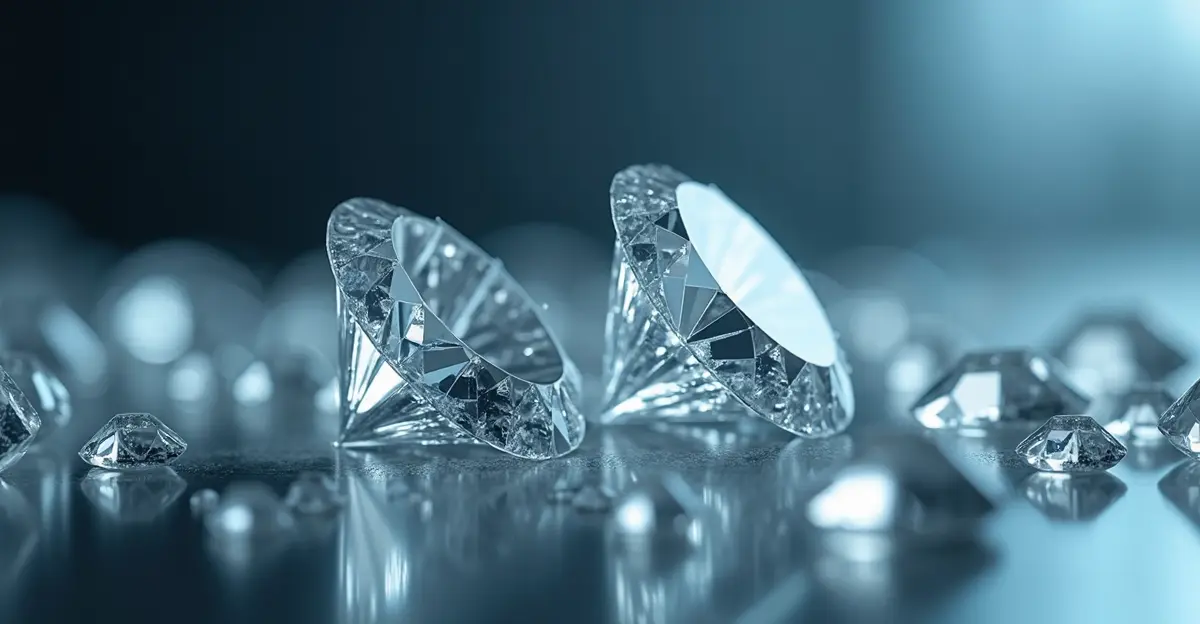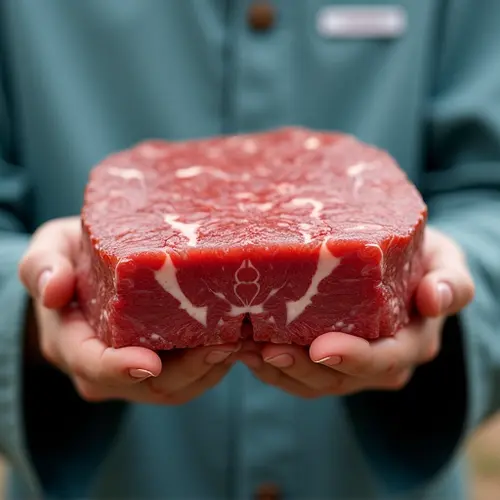Lab-grown diamonds are revolutionizing the jewelry industry with 20% market share by 2024, offering identical quality at 80-90% lower prices. Environmental benefits and ethical transparency drive consumer adoption, particularly among younger generations.

The Synthetic Gem Revolution
Lab-grown diamonds are dramatically transforming the $350 billion global jewelry industry, with their market share surging from just 1% in 2015 to approximately 20% by 2024. These synthetic gems, chemically identical to mined diamonds but priced at 80-90% discounts, have gained mainstream acceptance, particularly among younger consumers who value ethical and environmental considerations. 'We're witnessing a fundamental shift in consumer values,' says industry analyst Sarah Chen. 'Millennials and Gen Z are choosing lab-grown diamonds not just for affordability, but for their environmental benefits and transparent supply chains.'
Technological Breakthroughs
The maximal size of synthetic diamonds has increased dramatically in the 21st century. Before 2010, most synthetic diamonds were smaller than half a carat. Improvements in technology, plus the availability of larger diamond substrates, have led to synthetic diamonds up to 125 carats in 2025. Two primary creation technologies dominate the market: Chemical Vapor Deposition (CVD) and High Pressure High Temperature (HPHT), with both methods producing diamonds certified by respected institutions like GIA using the same four Cs grading standards as natural diamonds.
Market Disruption and Growth
The lab-grown diamonds market is experiencing explosive growth, with market size projected to increase from USD 20.3 billion in 2021 to $51.9 billion by 2030, representing a 9.8% CAGR from 2022-2030. 'The disruption is particularly evident in engagement rings,' notes market researcher David Martinez, 'where lab-grown stones accounted for 52% of center stones in 2024, up from just 12% in 2019.' This shift has put significant downward pressure on mined diamond prices, which fell 34% from their 2022 peak to late 2024.
Environmental and Ethical Advantages
Lab diamonds offer substantial environmental benefits: producing 99% less carbon emissions (511 kg CO2 vs 57,000 kg per carat), using 85% less water, and generating 99% less waste compared to mined diamonds. 'The sustainable jewelry market is projected to reach $97.8 billion by 2032,' explains sustainability expert Maria Rodriguez. 'Lab diamonds represent smart luxury investments, providing access to larger carat sizes and exceptional quality without traditional mining premiums.' Ethically, lab diamonds are conflict-free by design with transparent supply chains and regulated working conditions.
Consumer Trends and Future Outlook
In 2025, elongated cushion cuts, shield cuts, and colored lab diamonds are particularly coveted, offering sophisticated silhouettes and ethical transparency. The concept of sustainable luxury is redefining high-end jewelry, with lab diamonds providing luxury without environmental concerns. Major industry players like De Beers have responded by cutting production and launching their own lab-grown lines, while taking substantial write-downs. The industry faces a potential bifurcated future where only exceptional natural diamonds retain value, while standard stones continue to depreciate.

 Nederlands
Nederlands
 English
English
 Deutsch
Deutsch
 Français
Français
 Español
Español
 Português
Português









